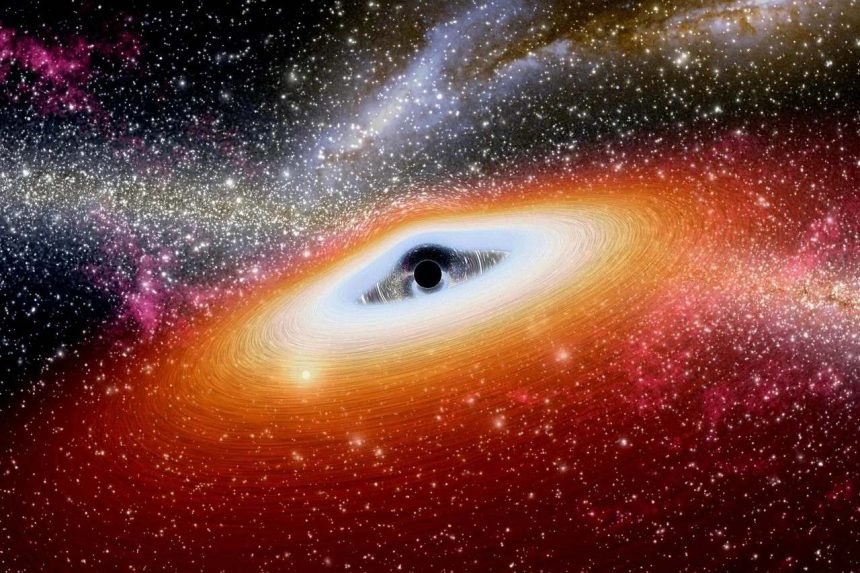In the twentieth century, astronomers began to explore the possibility of dark regions in space formed by the death of massive stars. These regions, known as black holes, are areas where gravity is so intense that nothing, not even light, can escape. But what exactly leads to the formation of these enigmatic entities?
The Discovery and Prediction of Black Holes
The concept of black holes was first predicted in 1907 by German astronomer Karl Schwarzschild. He theorized that black holes are born when stars much larger than the Sun reach the end of their life cycle. The collapse of these stars under their own gravity results in the formation of black holes, regions of space where the gravitational pull is extraordinarily strong.
The Lifecycle of a Star: From Giant to Black Hole
To understand how black holes form, let’s start with a star that is significantly larger than our Sun. At the core of such a star, temperatures are extremely high, causing the matter within to expand outward. However, the star’s gravity counteracts this expansion, maintaining a balance that determines its size.
As the star ages, it begins to exhaust its nuclear fuel, leading to a decrease in temperature. This shift allows gravity to overpower the expansion force, causing the star to contract. During this contraction, the star’s atoms break down into electrons, protons, and neutrons.
The Birth of White Dwarfs and Neutron Stars
Electrons, which carry a negative charge, repel each other, creating a force that opposes gravity. When this repulsive force balances gravity, the star stops shrinking and becomes a White Dwarf. A White Dwarf is about 1/100th the size of the original star, but its gravitational force is 1,000 times stronger.
If gravity continues to increase beyond the repulsion force of the electrons, the star will shrink further, causing electrons and protons to merge into neutrons. This leads to the formation of a neutron star, which is only 1/500th the size of a White Dwarf but has a gravitational force ten billion times stronger than the original star.
The Final Stage: Formation of a Black Hole
As the neutron star continues to lose energy, primarily through the emission of light, it contracts even further. Eventually, its gravitational force becomes so immense that not even light can escape. At this point, the star has transformed into a black hole.
The Search for Black Holes: Evidence and Observation
Although black holes cannot be observed directly, scientists are confident in their existence. The presence of X-rays and infrared rays from areas near black holes serves as strong evidence. These emissions suggest that something is interacting with the intense gravitational forces in space, pointing to the presence of black holes.
The study of black holes continues to fascinate and challenge scientists. While we have yet to see a black hole directly, the evidence supporting their existence is compelling. As research advances, our understanding of these mysterious objects and their role in the universe will continue to grow.




